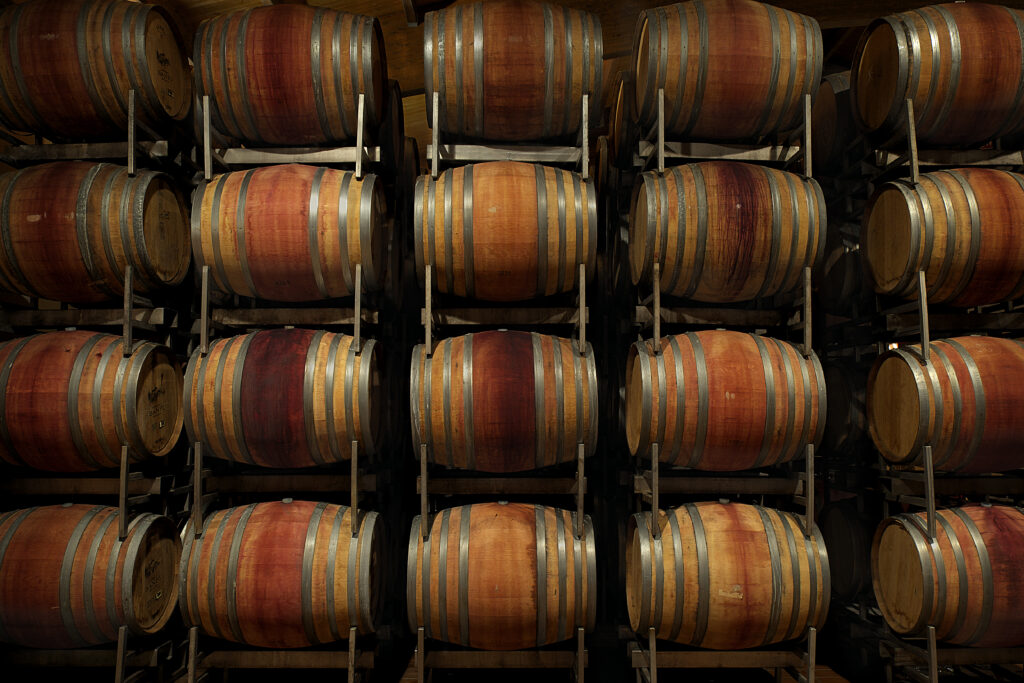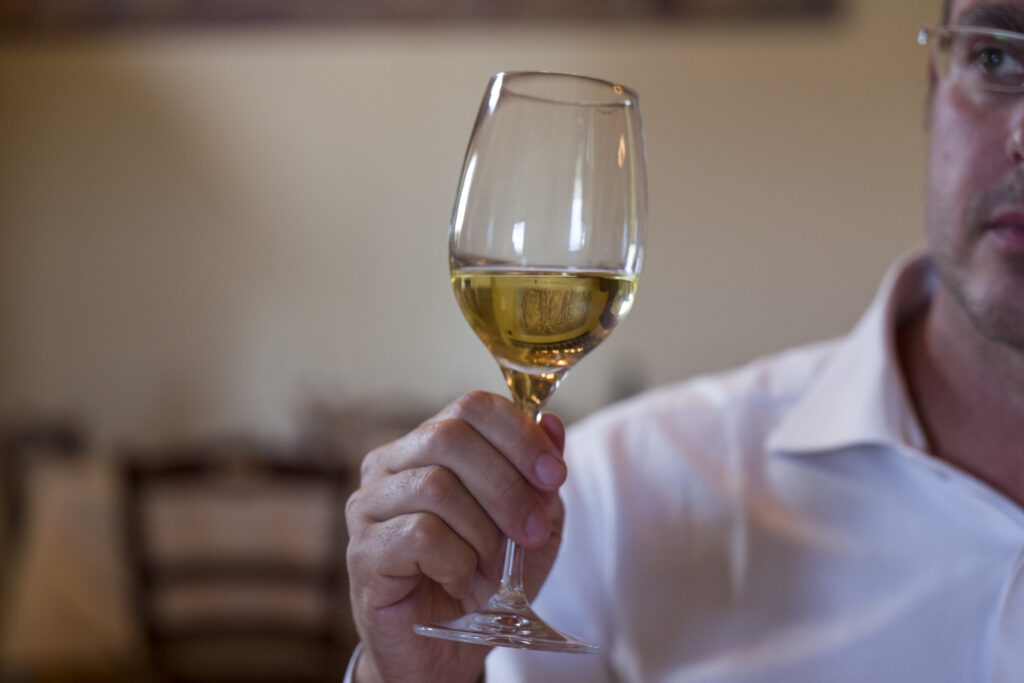Le operazioni di travaso del vino servono a non alterarne gusto e peculiarità: ecco come e quando farle correttamente.
When to decant wine?
Some processes, in fact, such as decanting wine, require a profound knowledge of the local grapes and their characteristics, in order to preserve their perfumes and aromas until the bottling and tasting of the final product. It is precisely the operation of decanting wine that allows its taste and aroma to be preserved intact. But when does one decant wine and why?
Why we decant wine
Prima di illustrare quando si travasa il vino e in che fase del processo produttivo si colloca questa delicata operazione, è fondamentale sapere perché si travasa il wine.
Il suo scopo è, come anticipato, quello di mantenere intatte le caratteristiche chimiche, biologiche e organolettiche del vino al fine di garantirne la qualità ed eliminare i residui della fermentazione.
In fact, the alcoholic fermentation of the must necessarily produces waste substances such as spent yeast, skins, grape seeds and other sediments that are deposited at the bottom of the barrel and which, if not separated at the right time, risk affecting the quality of the wine. The operation of decanting the wine is carried out right after fermentation, with particular attention to the timing to be followed, which varies from wine to wine.
When to decant wine: a question of balance and timing
Intervening too early by racking the wine would not give the must the necessary time to come into contact with the yeasts and thus develop alcoholic fermentation.
Intervening too late, thus leaving the wine in contact with the spent yeast for a long time, would instead produce unpleasant odours and tastes inside the barrel that would irreparably alter the wine's characteristics. These odours are also known as 'lees odours'. It is up to the oenological team to know when to decant the wine.
In the process of decanting wine, special attention must be paid to the phenomenon of oxygenation, i.e. exposure of the product to the air: on the one hand, it is necessary to oxygenate the wine to eliminate any 'lees odours';
on the other hand, it must not oxygenate too much so as not to lose its distinctive olfactory characteristics.
Every wine has its own times and experts have learnt to know them: a delicate wine with few tannins, for example, needs to be protected from contact with oxygen while a full-bodied red can benefit from brief exposure to air.
Air racking and indoor racking
In order to preserve the peculiarities of each wine, two different methods can be used to decant the wine:
il travaso all’aria e il travaso al chiuso.
The travaso all’aria consiste nel travasare il vino dal recipiente in cui è fermentato in uno più piccolo e aperto, per favorire l’ossigenazione e l’eliminazione degli odori sgradevoli che possono crearsi durante la fermentazione stessa.
The travaso chiuso, invece, viene generalmente adoperato per i vini più delicati e riduce al minimo il contatto con l’aria sfruttando l’azione di una pompa (chiamata “pompa enologica”) che trasferisce il vino da un contenitore all’altro.
First, second and third decanting: when are they done?
Answering the question "when do you decant wine?" is not easy as wines undergo at least three decanting operations, if not more in the case of reds aged several years:
- the first racking takes place immediately after fermentation, with different timing depending on the type of wine;
- il secondo travaso si effettua invece a inizio inverno, quando le basse temperature rendono più facile il distacco dei sedimenti e della feccia che precipita sul fondo della botte;
- il terzo travaso, infine, si fa generalmente a primavera, tra marzo e aprile.
After the third racking, white wines are ready to be bottled while for red wines the ageing process in the cellar begins.
So when does one decant red wine to age? Red wines that rest in the cellar for several years generally have to be racked twice a year (in spring and winter) and, if necessary, a small quantity of sulphur dioxide is added, a substance that is indispensable to prevent the proliferation of bacteria inside the barrels, in order to replenish the amount lost and volatilised during racking.


